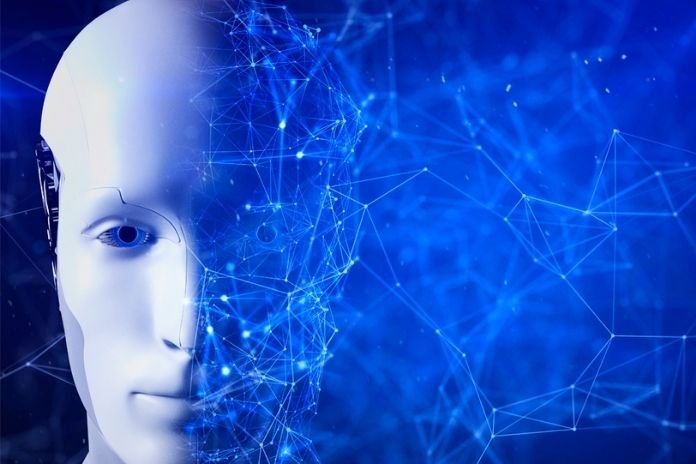How AI Tools Support The SOC
A Security Operations Center (SOC) provides advanced protection against cyber threats. The analysts are now supported by intelligent systems that detect attacks on end-devices and networks early. AI Tools and technology is only the first step towards future cyber security.
Artificial intelligence (AI tools) is on the rise in many areas – and has long since established itself in the world of cybercrime. Hackers use algorithms for extensive attacks that go far beyond Trojans and malware. Companies that want to protect their data effectively against sophisticated and long-term attacks are therefore dependent on comprehensive protection concepts. A security operations center (SOC) provides this complete protection. These cyber security control centers bundle all security-related services to support the SOC analysts in the fight against cyber attacks. They rely on future technologies such as artificial intelligence (AI Tools), machine learning and deep learning. Self-learning solutions have long been an essential component of a SOC – and their potential is far from exhausted.
Support For The Security Teams
A Security Operations Center (SOC) provides 24/7 protection against cyber threats. The linchpin in terms of analysis competence is still the human being – cyber security experts who combine their comprehensive know-how on all aspects of IT, testing and analysis methods, and programming in one team. To design detection and response processes actively
However, they need the support of Security Information and Event Management ( SIEM ) – and other AI-based tools. This includes analysis components within the SIEM – such as a module for User and Entity Behavior Analytics (UEBA), neural networks (e.g. Watson), as well as endpoint and network detection ( EDR / NDR). These tools automatically detect, analyze and classify abnormalities. For example, you can see what phase an attack is and find kill chains. In this way, users benefit from human knowledge and the combined use of various machine learning components that support security analysis at different points.
Neural Networks See More
By setting up a SOC, companies place the defense against threats in the experienced hands of specialists. However, these reach their limits in complex threat situations. Sophisticated attacks can escape the trained eyes of the SOC employees, but damage can still occur despite all the analysis work. The analysts are supported, for example, by neural networks.
These cloud-based applications can be connected to the SIEM, the central element of a SOC. The neural networks automatically compare suspicious data packets that they receive from the SIEM against the information available within the network. Since such a network covers a much larger area than just the individual company, external actions can be included in the evaluation.
In addition, the AI becomes. Threat hunting used to see if the threat is known on other servers or client computers. Another advantage: By checking parallels, the neural network can detect threats for which there has not yet been an alarm.
Automatically Analyze Deviations In Behavior
Security Information and Event Management (SIEM) uses different log files to identify incidents and thus provides early information on possible threats. The rules of a SIEM will design to uncover current attacks in real-time. However, attacks today are increasingly designing over several months. A module for User and Entity Behavior Analytics (UEBA) offers improved long-term protection. Its great advantage is that it is not based on easy rules for hackers to circumvent. Instead, risk assessment procedures and state-of-the-art algorithms will use here, with which anomalies in the IT landscape which can track over a more extended period. The UEBA module uncovers anomalies in user behavior if they behave differently over time than before. At the same time, user behavior which also compare with the conduct of their peer group.
In this way, the SOC team receives helpful information on potentially harmful behavior by users and machines. Thanks to machine learning, it can collect knowledge about an event and use it to design a model that will adapt for similar cases in the future. It thus already comprehensively supplements the SIEM. The use of Endpoint Detection and Response (EDR) and Network Detection and Response (NDR) completes the SIEM – in the so-called SOC visibility triad formulated by Gartner.
Other Aspects
This scenario is probably the best way to exploit the complete analysis and defense power of a SOC. At the same time, user behavior will compare with the conduct of their peer group. In this way, the SOC team receives helpful information on potentially harmful behavior by users and machines. Thanks to machine learning, it can collect knowledge about an event and use it to design a model that will adapt for similar cases in the future. It thus already comprehensively supplements the SIEM.
The use of Endpoint Detection and Response (EDR) and Network Detection and Response (NDR) completes the SIEM. In the so-call SOC visibility triad formulating by Gartner. This scenario is probably the best way to exploit the complete analysis and defense power of a SOC. At the same time, user behavior is also compare with the conduct of their peer group.
In this way, the SOC team receives helpful information on potentially harmful behavior by users and machines. Thanks to machine learning, it can collect knowledge about an event. And use it to design a model that can adapt for similar cases in the future. It thus already comprehensively supplements the SIEM.
Also Read: AI In Medium-Sized Companies
Share this content:












Post Comment